Future Trends in Packaging Specifications and Technical Datasheets
Baraka • November 15, 2024
Future Trends in Packaging Specifications and Technical Datasheets
Introduction
In today's fast-paced world, packaging is more than just a protective layer around products; it plays a crucial role in branding, consumer engagement, and sustainability. As we look ahead, understanding the future trends in packaging specifications and technical datasheets becomes essential for businesses aiming to stay competitive.
Current State of Packaging Specifications
Definition and Purpose of Packaging Specifications
Packaging specifications outline the requirements and standards that a product's packaging must meet. These specifications ensure that products are protected during transit, storage, and display while also meeting regulatory requirements.
Key Components of Technical Datasheets
Technical datasheets provide detailed information about a product's packaging, including materials used, dimensions, weight, and compliance with safety standards. They serve as a critical reference for manufacturers, suppliers, and retailers.
Sustainability in Packaging
The Rise of Eco-Friendly Materials
With increasing awareness about environmental issues, there is a significant shift towards using sustainable materials in packaging. Companies are exploring alternatives like biodegradable plastics, recycled paper, and plant-based materials to reduce their carbon footprint.
Regulations Driving Sustainable Packaging Practices
Governments worldwide are implementing stricter regulations to promote sustainability in packaging. These regulations encourage companies to adopt eco-friendly practices, pushing them towards innovative solutions that minimize waste.
Smart Packaging Technologies
Definition and Examples of Smart Packaging
Smart packaging refers to advanced technologies integrated into packaging that enhance functionality beyond mere protection. Examples include temperature-sensitive labels, QR codes for consumer interaction, and RFID tags for inventory management.
Benefits of Integrating Technology into Packaging
By incorporating technology into packaging, companies can improve supply chain efficiency, enhance consumer engagement through interactive experiences, and gain valuable data insights on product usage.
Consumer Trends Influencing Packaging
Shift Towards Personalized Packaging
Today's consumers value personalization more than ever. Brands are responding by creating customized packaging solutions that cater to individual preferences, enhancing customer loyalty and satisfaction.
The Impact of E-Commerce on Packaging Design
As online shopping continues to grow, so does the need for innovative packaging solutions that can withstand shipping stresses while also being visually appealing when delivered to consumers' doorsteps.
Innovations in Materials
Biodegradable and Compostable Materials
Innovations in material science have led to the development of biodegradable and compostable options that break down naturally without harming the environment. These materials are becoming increasingly popular among environmentally conscious consumers.
Advances in Recyclable Materials
Recyclability is another key focus area as brands seek to minimize waste. Advances in material technology allow for more effective recycling processes, making it easier for consumers to dispose of their packages responsibly.

Regulatory Changes Impacting Packaging
Overview of Global Regulations on Packaging
As sustainability becomes a global priority, various regulations are emerging that dictate how products should be packaged. Understanding these regulations is crucial for compliance and market access.
Compliance Challenges for Businesses
Navigating the complex landscape of regulatory requirements can be challenging for businesses, especially smaller ones with limited resources. Staying informed about changes is essential to avoid penalties and maintain market competitiveness.
Packaging Design Trends
Minimalist Design and Its Appeal
Minimalism is trending in design as consumers gravitate towards clean lines and simple aesthetics that convey clarity and sophistication. This trend not only enhances visual appeal but also aligns with sustainability efforts by reducing excess material use.
The Role of Aesthetics in Consumer Choices
Packaging design significantly influences purchasing decisions; attractive designs can draw consumers' attention on crowded shelves or online marketplaces, making it a vital aspect of marketing strategy.
The Role of Digitalization in Packaging
Digital Tools for Designing and Testing Packaging
Digitalization has transformed how companies approach packaging design. Tools like 3D modeling software allow designers to visualize concepts before production, saving time and resources.
The Importance of Data Analytics in Packaging Decisions
Data analytics plays a crucial role in understanding consumer behavior and preferences regarding packaging. By leveraging data insights, companies can make informed decisions that align with market demands.
Future-Proofing Packaging Specifications
Strategies for Adapting to Future Trends
To remain competitive, businesses must adopt flexible strategies that allow them to pivot quickly as trends evolve. This includes investing in research and development to explore new materials and technologies.
Importance of Flexibility in Design and Materials
Flexibility is key; companies should be prepared to adjust their specifications based on changing regulations or consumer preferences without compromising quality or safety.
Case Studies: Successful Packaging Innovations
Examples from Leading Brands
Brands like Coca-Cola have successfully implemented innovative packaging solutions that resonate with consumers while addressing sustainability concerns through initiatives like their "World Without Waste" campaign.
Lessons Learned from Successful Implementations
These case studies highlight the importance of aligning brand values with consumer expectations while also embracing innovation as a means to drive growth.
Collaboration Across Industries
Importance of Partnerships in Innovation
Collaboration between different sectors—such as technology firms working with traditional manufacturers—can lead to groundbreaking innovations that redefine what’s possible within the realm of packaging.
Cross-Industry Examples That Enhance Packaging Solutions
For instance, partnerships between food producers and tech companies have resulted in smart labels that provide real-time information about product freshness or safety.
Challenges Facing the Packaging Industry
Supply Chain Issues Affecting Material Availability
Recent global events have highlighted vulnerabilities within supply chains affecting material availability for packaging production. Companies must develop strategies to mitigate these risks moving forward.
Balancing Cost with Sustainability Efforts
While there is a push towards sustainable practices, balancing cost-effectiveness with environmental responsibility remains a significant challenge for many businesses within the industry.
The Future Outlook for Packaging Specifications
Predictions for the Next Decade
Looking ahead, we can expect continued advancements in sustainable materials, smart technologies, and regulatory frameworks shaping how products are packaged globally.
Emerging Technologies to Watch
Technologies such as artificial intelligence (AI) will likely play an increasing role in optimizing supply chains and improving consumer engagement through personalized experiences.
Conclusion
As we navigate through these evolving trends within the realm of packaging specifications and technical datasheets, it’s clear that innovation will be at the forefront. Businesses must remain agile—embracing sustainability while leveraging technology—to meet both regulatory demands and consumer expectations effectively.
What are the main components of a technical datasheet?
Technical datasheets typically include information such as material specifications, dimensions, weight limits, compliance certifications, and handling instructions.
How can businesses ensure their packaging is sustainable?
Businesses can adopt sustainable practices by utilizing eco-friendly materials, minimizing waste during production processes, and ensuring recyclability or compostability.
What technologies are considered part of smart packaging?
Smart packaging includes technologies such as RFID tags, QR codes for interactive experiences, temperature-sensitive inks, and sensors that monitor product conditions.
How do consumer preferences shape packaging trends?
Consumer preferences influence trends by driving demand for personalized experiences, sustainable options, attractive designs, and convenience features such as easy-open closures.
What are the biggest challenges currently facing the packaging industry?
Major challenges include navigating regulatory changes related to sustainability, managing supply chain disruptions affecting material availability, and balancing cost pressures with innovation efforts.



